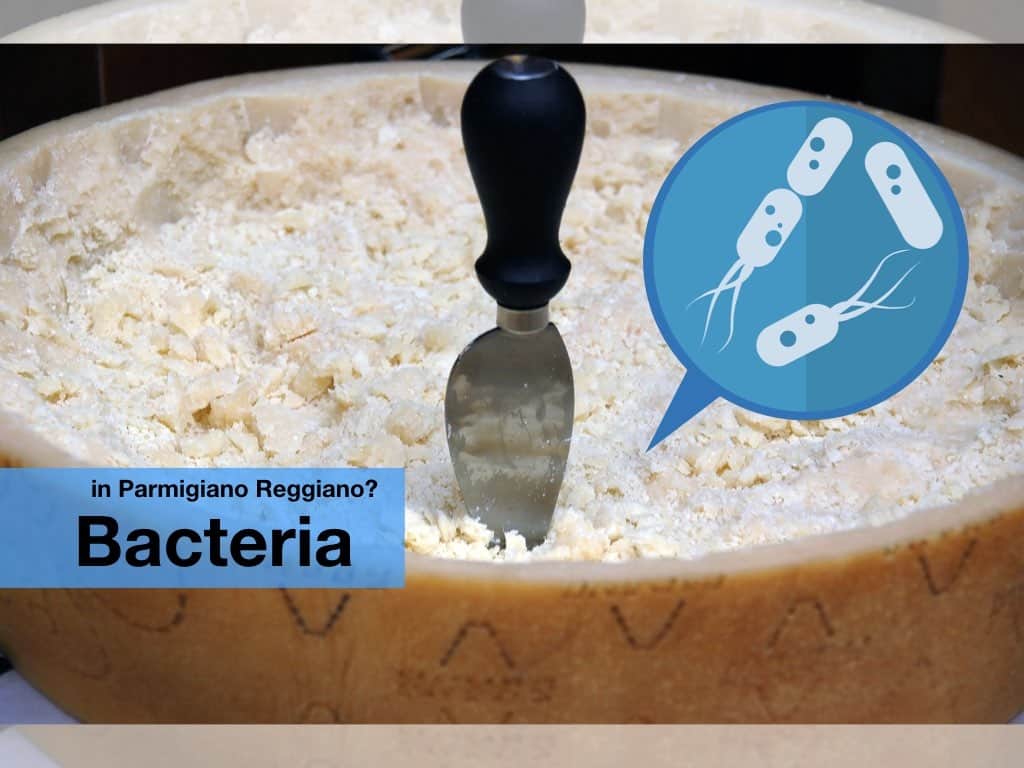Last Updated on March 23, 2024 by Aaron
If you’re like me, then the thought of bacteria makes you cringe. The word “bacteria” often brings to mind images of scary germs and diseases. However, not all bacteria are bad! Just as there are helpful microorganisms in your gut that make it more healthy and happy.
In this blog post, we will discuss what kind of bacteria can be found in parmesan cheese and why these good guys might be beneficial for your health!
A Population of Bacteria
Parmesan cheese (aka Parmigiano Reggiano) is a fermented dairy product and is produced by a population of microorganisms that are confined to the area around Parma, Italy.
It usually requires at least 12 months to age. During this time, a wide range of microorganisms produces the cheese’s unique flavor and texture.
To make parmesan, the cheese-makers also added bacteria culture (starter) to the milk. This starter culture contains lactic acid bacteria, which break down the lactose in milk into lactic acid! This is beneficial for those who are lactose intolerant.
Lactic acid provides several benefits including improved gut health, nutrient absorptions, and protection against cell damages.
In addition to that, other probiotic bacteria are also found in Parmesan cheese. These include Streptococcus thermophilus, Lactobacillus bulgaricus, Lactobacillus fermentum, Lactobacillus casei and Lactobacillus helveticus (1).
Lactobacillus bulgaricus is responsible for tart taste.
Streptococcus thermophilus contributes to a number of functional activities, including the production of vitamins.
Lactobacillus casei plays a key role in producing the appreciated aromas and helps in ripening.
Not just that, but there are over 180 strains of bacteria (2) that may be present in parmesan. However, the Lactobacillus is the dominant population, where they resist the growth of others.
The Harmful or Unwanted Bacteria
When making Parmesan, the cheese is submerged for about 6 hours in brined water. The process has been shown to limit only beneficial bacteria to remain and extend shelf life. It adds a little saltiness too!
The same goes for the notoriously stinky washed-rind cheese, where the cheese surface was repeatedly washed with brined water. The unwanted microorganisms are discouraged from multiplying.
Thanks for reading!
The white spots on your parmesan might not be mold at all, read my other article.

